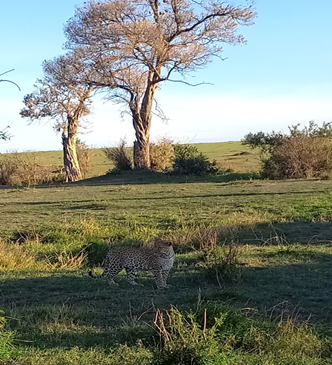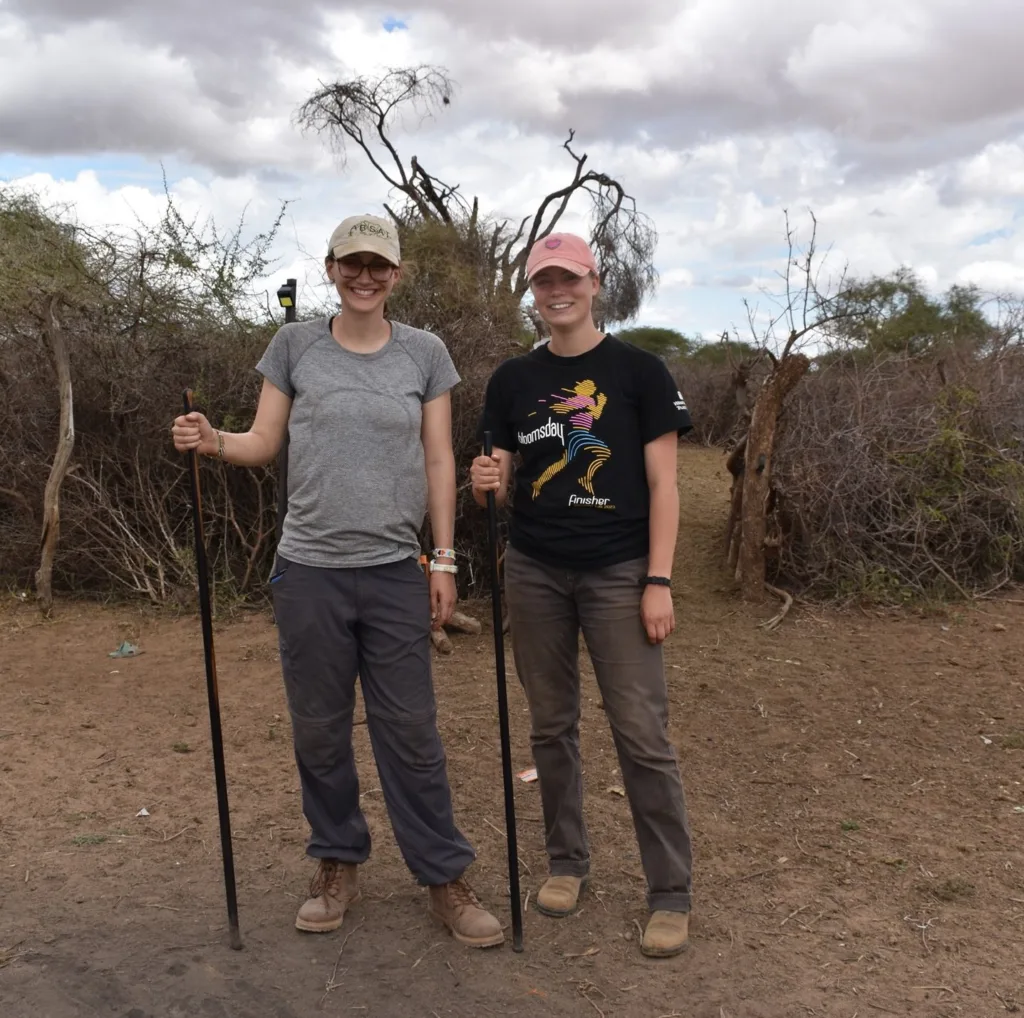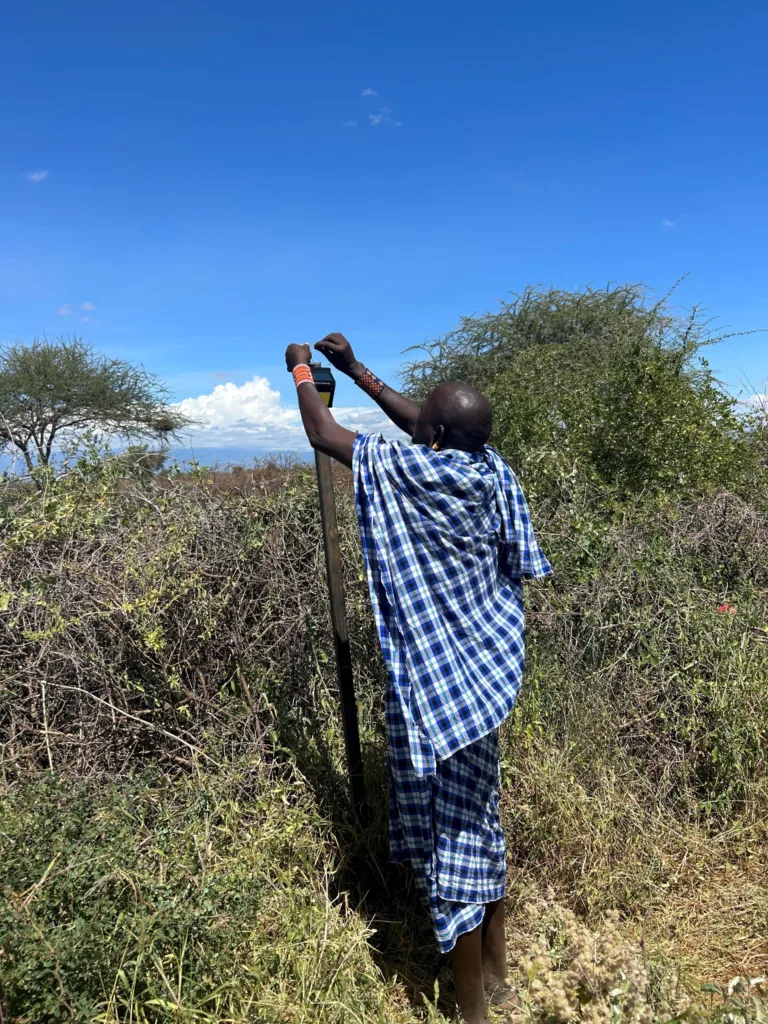Hands-On Experience Comes Full Circle
The School for Field Studies has always provided a “hands on” experience for students, as well as faculty members. The experience has now become full circle for this faculty member. The Center has always been one that is close to home for me, as I have been able to be a part of the Center as a student, Student Affairs Manager (SAM), Turks and Caicos Island community member, TCI Government collaborative official, and now as the natural resource management faculty.
This semester, students have had the opportunity to be included in current resource management issues in the Turks and Caicos Islands through a variety of activities. Faculty introduced local marine flora and fauna through field based identification, elaborated on the current conservation issues for the commercial and artisanal fisheries, and introduced the collaborative efforts between stakeholders for the socio-economic interest of the local community.
In order for the students to collectively understand the program and its courses, we conducted a underwater visual survey in the East Harbor Lobster and Conch Reserve (EHCLR) off of South Caicos. Students set out to conduct the surveys on the Queen Conch, which is a commercially important species to the TCI. Thirty two sites were snorkeled both inside and outside of EHCLR, where all of the conch were collected and landed on the boat and then measured before being returned to the open water. Based on data collected, the students were then to determine if the currently established MPA was functioning properly through current data analysis and comparisons to previous studies. Ultimately, students were able to document their findings and indicate if there were any challenges facing the Marine Protected Area and/or the Queen conch species.
This activity along with others have now set the stage for the up and coming Directed Research (DR) Projects that range from commercial marine fisheries, biological mega fauna, and socio-economic challenges for local community. The students were excited to get into the rigors of data collection. The first day of DR involved initial discussions with local community members, snorkeling juvenile lobster condos, fishing for bonefish, measuring dock landings, and observing mega fauna (sharks and stingrays). It appears to be an eventful beginning to the second case study and Directed Research.
Related Posts


Alumni Reflections: Stories of the Return to Kenya
